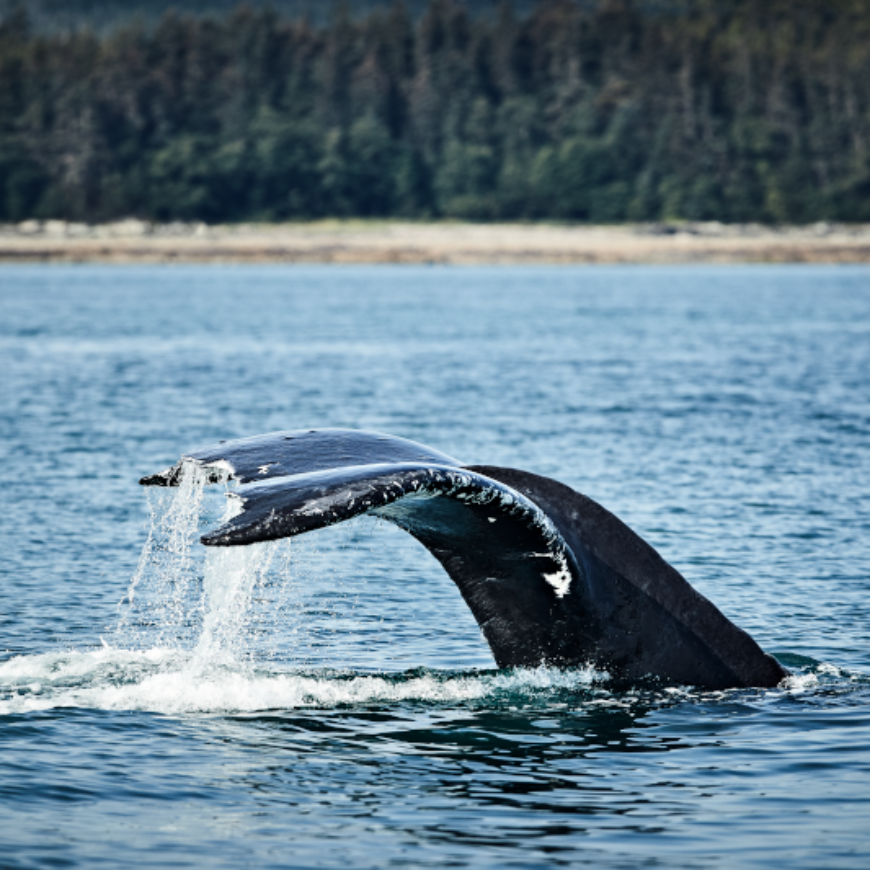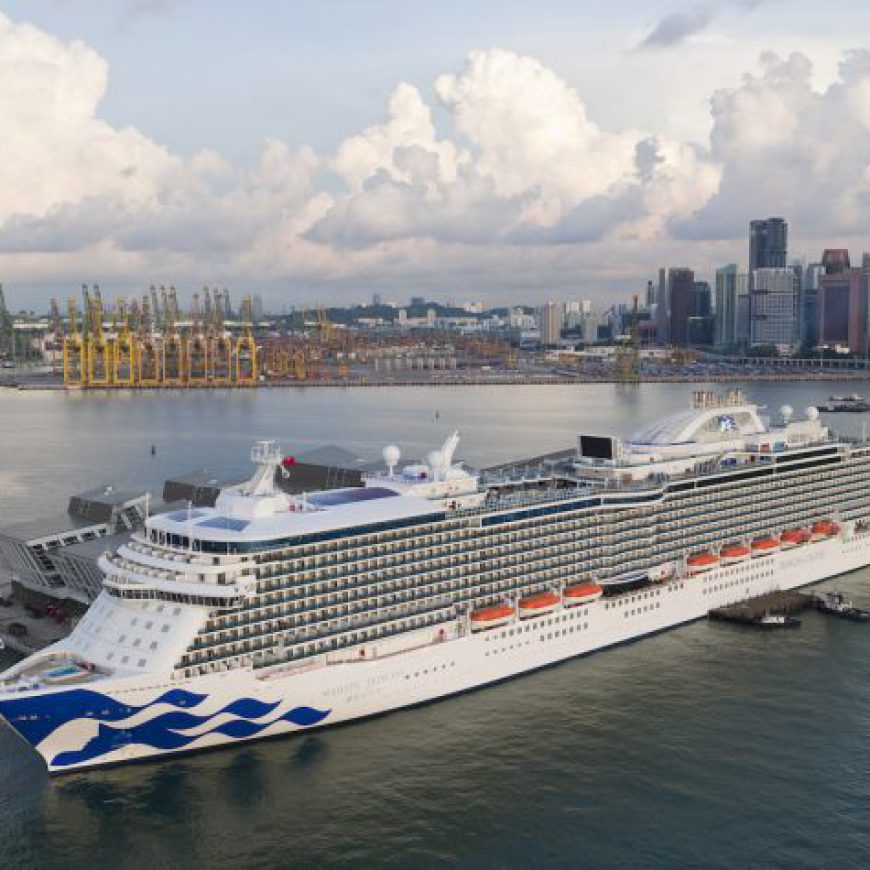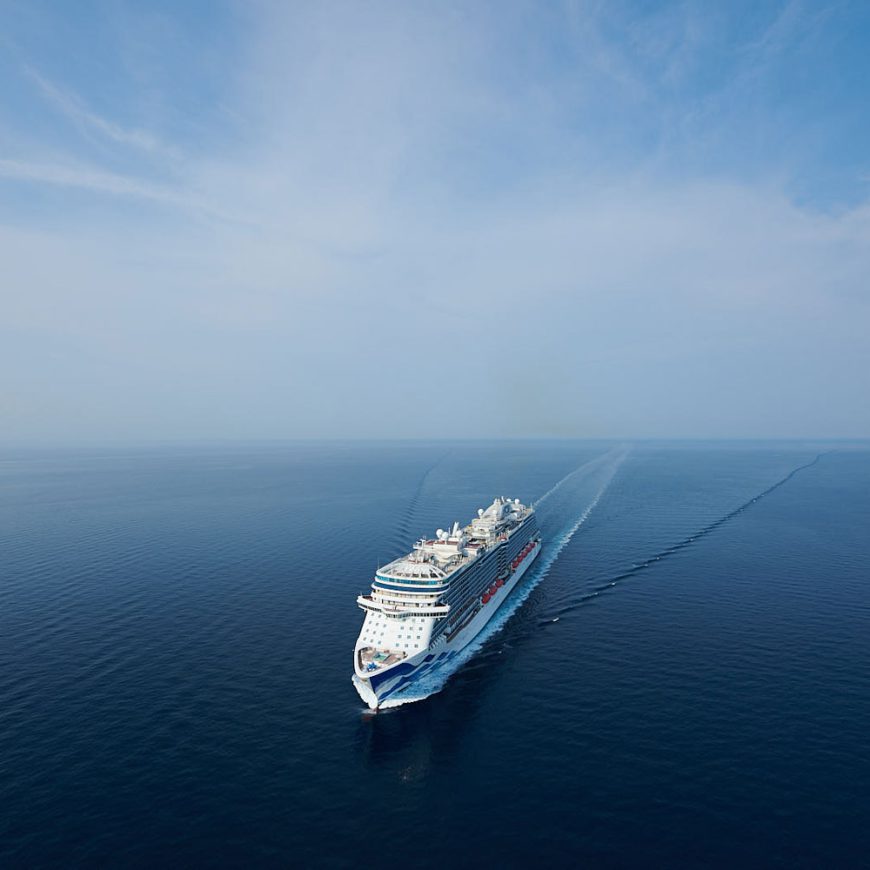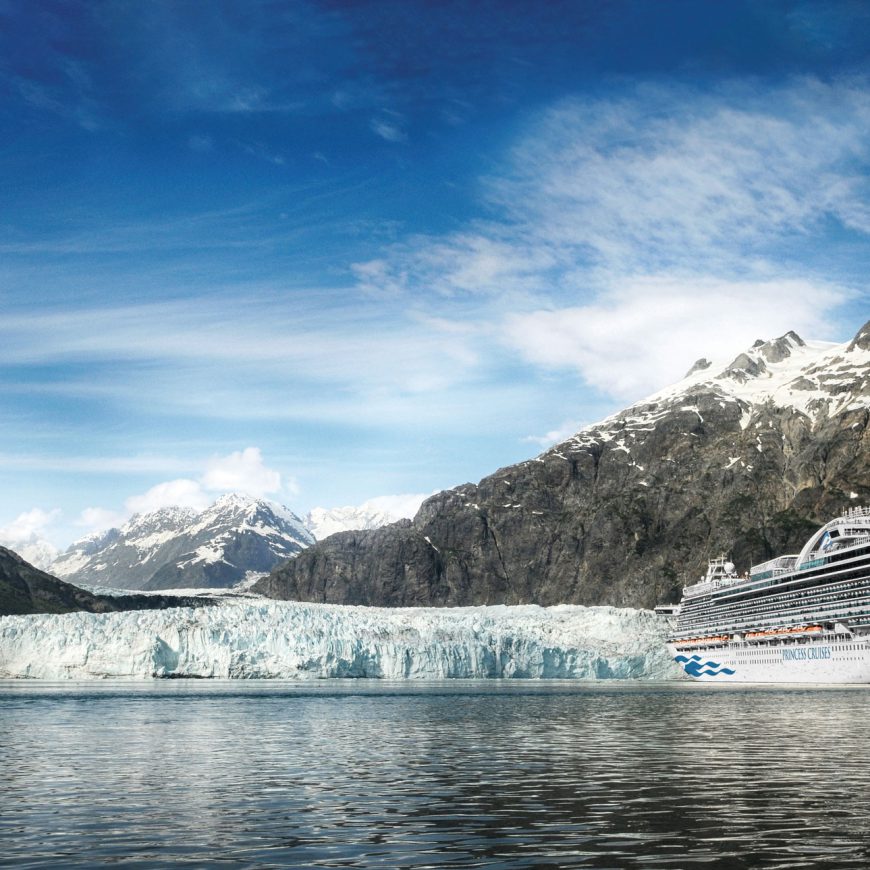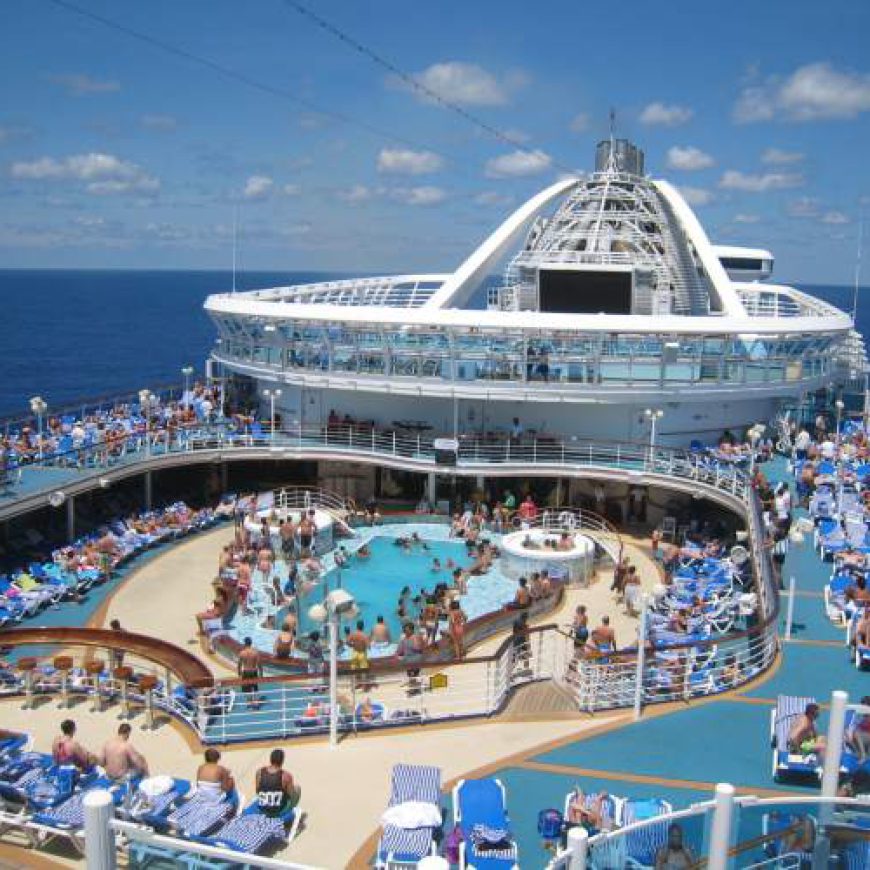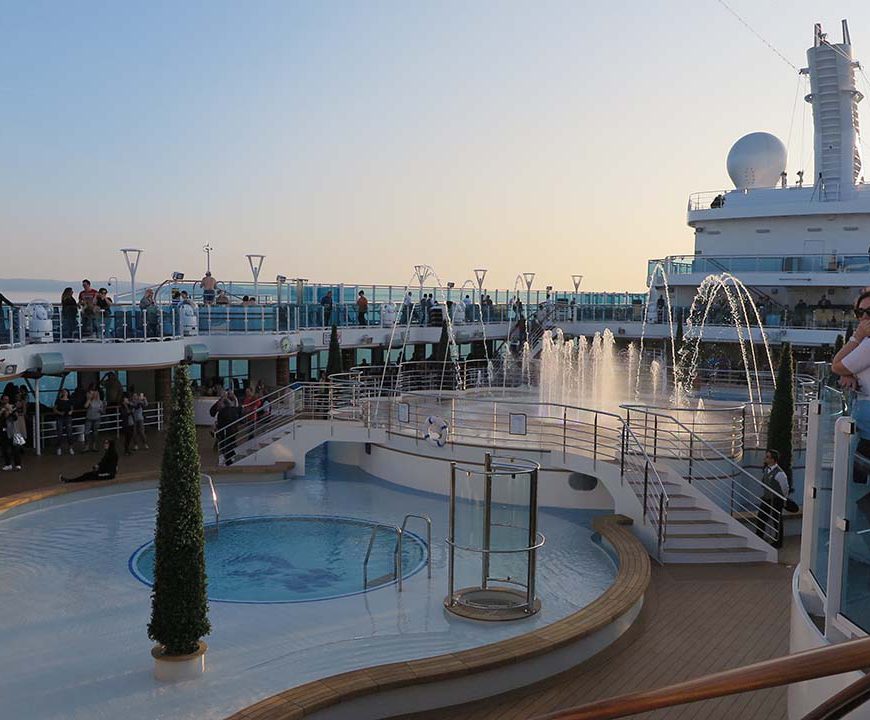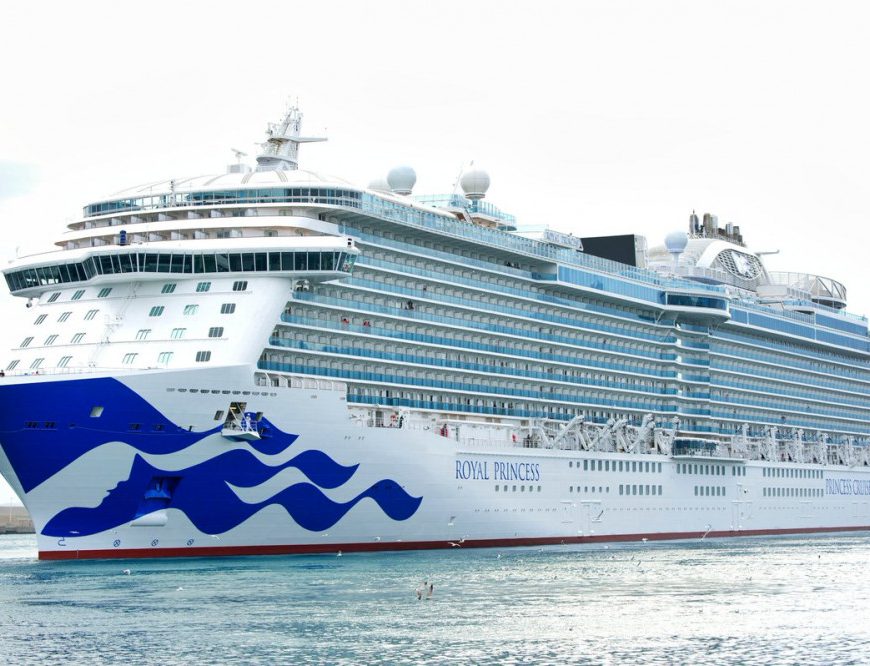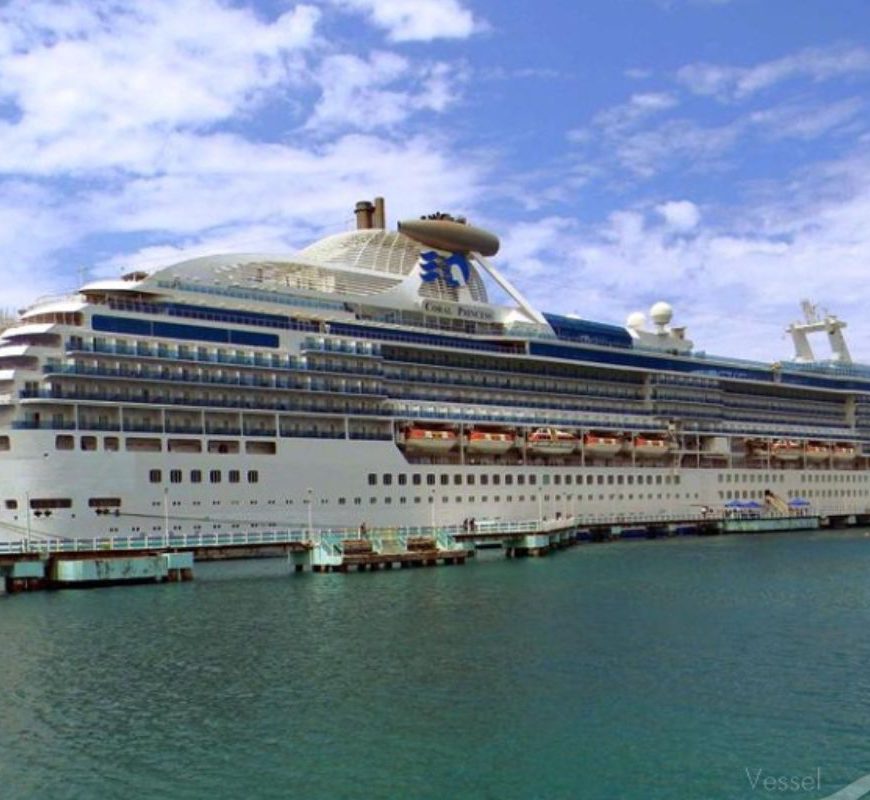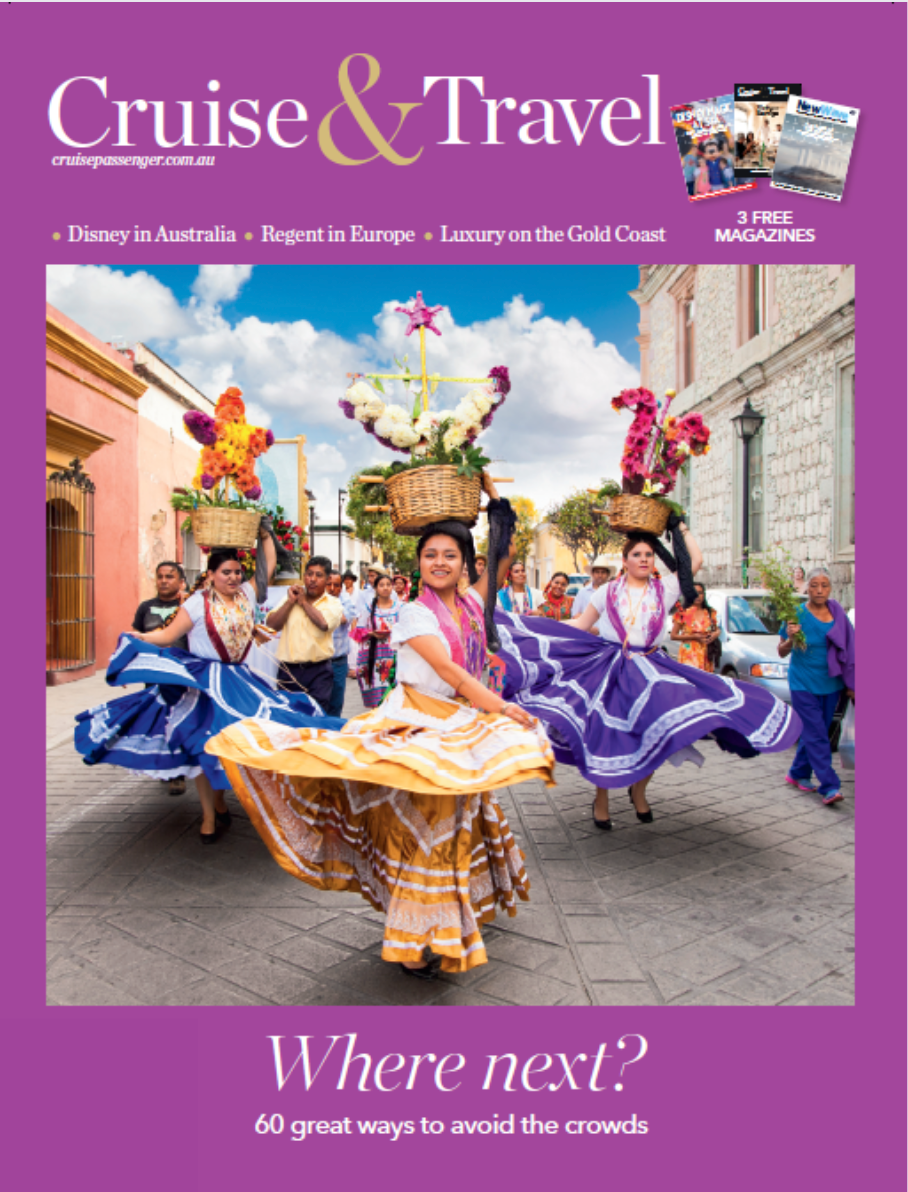Across the top of Australia
ReviewsThere are no roads to this land. Expedition cruiser Roderick Eime goes in search of ancient art, mysteries and tales almost forgotten in Australia’s Top End. Photos: Roderick Eime.
It was just after 9.30am when the first Japanese Zero fighter broke from formation and dived toward the church. Father John McGrath was busily radioing his message to Area Combined Headquarters at Darwin: “An unusually large air formation bearing down on us from the north-west.”
As soon as the transmission was sent, bullets immediately began shattering the woodwork and rattling the tin roofs like angry stones hurled from above. This was the first enemy attack on Australia soil, 20 minutes before that fateful raid on Darwin on February 19, 1942.
“And ’ere’s the radio Father McGrath used that day,” says Trevor Tipungwuti, our Tiwi Island guide, picking up the handset as if to correct the mistake, “…and ya know the rest.”
Tiwi Islands folklore
To further the folklore of the Tiwi Islands, Flight Sergeant Hajimi Toyoshima’s Zero fighter crashed on Melville Island when returning from the raid, whereupon he was captured by Matthias Ulungura, a Bathurst Islander, and delivered to authorities. Most history books refer to brave Matthias as just “an Aboriginal” if mention is made at all.
The little community of Nguiu on Bathurst Island even featured in a fictional scene from the movie Australia, when little Nullah was rescued from ‘Mission Island’ under the noses of hostile Japanese.
From the air the two Tiwi Islands, Bathurst and big brother Melville, can be viewed as a giant topographic awning over the city of Darwin. The 2,500 Tiwi people are quite distinct from their cousins across the Beagle Gulf in Arnhem Land, with linguistic and cultural differences that belie the proximity of the communities.
Visiting the islands is mainly by day ferry from Darwin, where tourism operators hook up with Tiwi Tours for guided visits to sights such as the artists’ workshops, church, burial ground and museum. The propeller from Toyoshima’s Zero is still propped up against the old radio shack.
But to thoroughly experience the region, including Garig Gunak Barlu National Park, a voyage aboard one of Australia’s specialist adventure cruise vessels is essential. Cairns-based Coral Princess Cruises operates the 2,000-ton Oceanic Discoverer on an 11-night exploration that begins in their homeport and concludes in Darwin.
Accessible Adventure
Regular readers of Cruise Passenger magazine will know that Coral Princess Cruises operates some of the most engaging expedition and adventure itineraries around our country. From comprehensive Great Barrier Reef explorations, Kimberley coast and New Zealand expeditions to sailings into remote Papua New Guinea, Solomon Islands and Vanuatu, Coral Princess Cruises’ fleet of three vessels ensures unparalleled coverage of accessible adventure destinations.
On board Oceanic Discoverer are Ian Morris and Sandy Scott, two specialist lecturers on biology, history, indigenous culture and environmental science, ensuring this journey is no cocktail-sipping doddle. While there is plenty of opportunity for the 72 passengers to relax, enjoy a drink and kick back, the on-shore activities include energetic hikes across the apparently desolate shores and rocky headlands. “Apparently”, because in the company of our observant guides, you’re soon directed towards remarkable flora ingeniously adapted to the harsh landscape as well as birds, mammals and reptiles that might otherwise go overlooked.
One of the most fascinating excursions on Melville Island is the abandoned settlement of Victoria at Port Essington on the Cobourg Peninsula. The story of this wretched outpost defies belief. Victoria was created in 1838 after the failure of nearby Fort Dundas and Fort Wellington. The stubborn insistence of the British colonial authorities, thousands of miles away in Sydney, kept this northern port maintained despite the malaria, dysentery, cyclones and ferocious insects that tormented the god-forsaken residents relentlessly. With its ultimate and inevitable failure in 1849, it wasn’t until the establishment of Darwin in 1869 that the fledgling colony had its first permanent northern port.
Voyages of discovery
Most of us remember from our school days such valiant European explorers as Van Diemen, Torres, Flinders and Leichhardt, who mapped and ‘discovered’ these territories and gave them their names. But the history of interaction with the original settlers far precedes even the first Europeans of the early 17th century. Macassan trepangers (sea cucumber fishermen) from Sulawesi may have been trading with the local clans as far back as the early 15th century. Their artefacts, tools, customs and even their dead can be found along our shores. Rock art as far away as Cape York Peninsula depicts visiting boats of all shapes and sizes, with the distinctive lines of the Macassan prau (wooden sailboat) clearly among them.
Evocatively titled ‘Across the Top’, this highly experiential journey delivers an insightful and intimate discovery of the most remote and isolated indigenous communities still independent within our sometimes overbearing administration. More importantly, it gives us a chance to shake off generations of prejudice and misinformation and gain an authentic understanding of the people who lovingly cared for this land long before we took over.
FACT FILE
Cruise Line: Coral Princess Cruises
Vessel: Oceanic Discoverer
Star rating: not rated
GRT: 1,838 tons
Max passenger capacity: 72
Passenger decks: 3
Entered service: 2005
Facilities: 36 staterooms, each with sofa, desk, wardrobe, luggage space and air-conditioning; sundeck and spa pool; internet booth and reference library; phone and fax facilities; lecture lounge with large plasma screen; limited laundry facilities; two fully stocked cocktail bars; boutique and dive shop; Zodiacs, a glass-bottomed boat and a specially designed, 80-seat, high-powered aluminium excursion vessel with awning and toilet.
Highs
Superb interpretation of indigenous culture and art; ideal vessel for journey; great staff and crew.
Lows
No scuba diving; limited opportunities for swimming.


